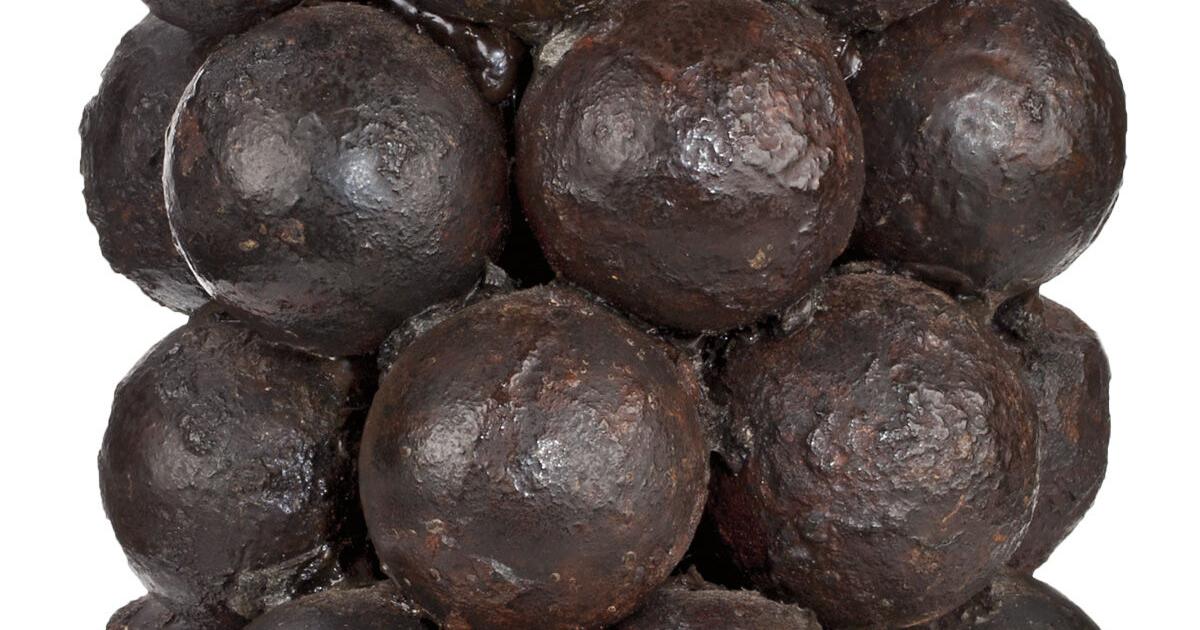brianc053
Hero Member
- Jan 27, 2015
- 985
- 3,412
- 🏆 Honorable Mentions:
- 3
- Detector(s) used
- Minelab Equinox 800
XP Deus 2
- Primary Interest:
- Metal Detecting
Good evening all.
A friend from town found this (apparent) cannonball at a private construction site in the Ironbound section of Newark, NJ.
We are please looking for help with:
a) identification of the gun that would have fired the cannonball, and
b) preservation of the cannonball so it does not rust away.
The cannonball is a consistent 1.89inches/48.1mm in diameter and weighs 440g.
PS - we are assuming it's a Revolutionary War-era cannonball, and we understand that Colonial troops were in Newark at 2 different times during the Revolutionary War: 1776 retreat across NJ and a small garrison in 1780 that was attacked by the British. If there are any historians who'd like to share thoughts on the reason this cannonball would be in that area, we'd love to hear opinions.




A friend from town found this (apparent) cannonball at a private construction site in the Ironbound section of Newark, NJ.
We are please looking for help with:
a) identification of the gun that would have fired the cannonball, and
b) preservation of the cannonball so it does not rust away.
The cannonball is a consistent 1.89inches/48.1mm in diameter and weighs 440g.
PS - we are assuming it's a Revolutionary War-era cannonball, and we understand that Colonial troops were in Newark at 2 different times during the Revolutionary War: 1776 retreat across NJ and a small garrison in 1780 that was attacked by the British. If there are any historians who'd like to share thoughts on the reason this cannonball would be in that area, we'd love to hear opinions.






